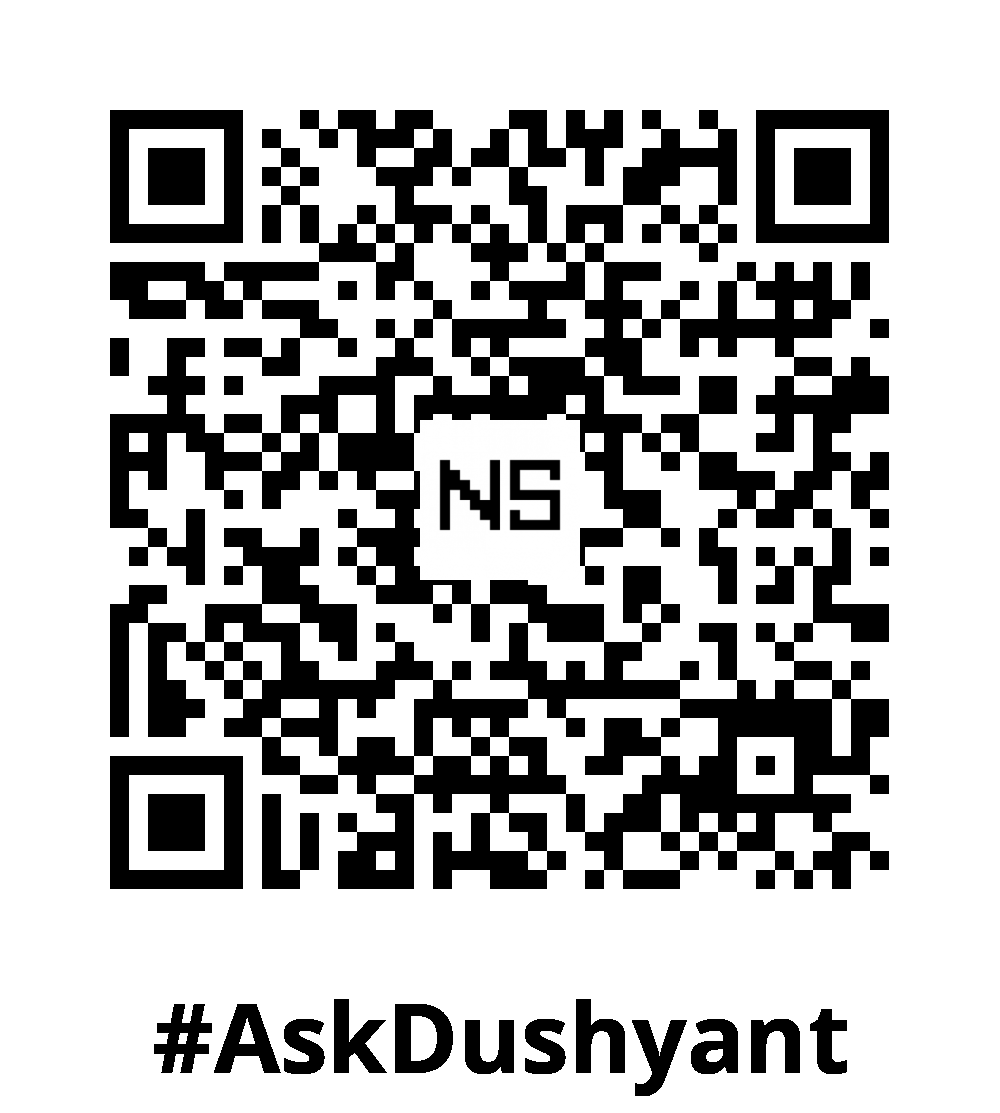Leveraging my 18 years of experience in the tech arena, having consistently delivered innovative, scalable solutions:- I can attest that securing API tokens is now critical in today’s tech landscape. As APIs connect various parts of modern applications, ensuring that tokens—used for authentication and authorization—are properly managed is essential. This tech concept walks through secure practices for acquiring and handling tokens with OAuth 2.0, JWT (JSON Web Token), and API keys. With real-world examples and sample code, this tech blog covers what it takes to keep your APIs safe.
Why Secure Token Acquisition Matters
API tokens simplify access control but can expose vulnerabilities when improperly handled. Here’s why secure token management matters:
- Prevent Unauthorized Access: Exposing tokens risks unauthorized API access and data breaches.
- Mitigate Replay Attacks: Preventing token reuse ensures that expired tokens can’t be exploited.
- Safeguard Against Token Theft: Securing tokens limits the chance of attackers using stolen tokens.
Let’s explore best practices for each common API authentication method to enhance security and reduce risks.
OAuth 2.0 Token Acquisition
OAuth 2.0 is widely adopted for third-party API access and is known for its secure token-based architecture. Tokens are acquired through different flows based on client type, such as authorization code flow or implicit flow.
Best Practices
- Use Authorization Code Flow with PKCE: Use Proof Key for Code Exchange (PKCE) for client applications to add an extra security layer, preventing token interception.
- Minimize Token Scope: Request only the permissions your app requires to reduce potential exposure.
- Secure Refresh Tokens: Implement refresh tokens securely to allow users to maintain access without frequent logins.
Example Code for OAuth 2.0 Authorization Code Flow
// Step 1: Redirect user to authorization URL
const authUrl = `https://auth.example.com/authorize?response_type=code&client_id=YOUR_CLIENT_ID&redirect_uri=YOUR_REDIRECT_URI&scope=read`;
window.location.href = authUrl;
// Step 2: Exchange authorization code for access token
const authorizationCode = "received_authorization_code";
fetch('https://auth.example.com/token', {
method: 'POST',
headers: {
'Content-Type': 'application/x-www-form-urlencoded',
},
body: new URLSearchParams({
code: authorizationCode,
client_id: 'YOUR_CLIENT_ID',
client_secret: 'YOUR_CLIENT_SECRET',
redirect_uri: 'YOUR_REDIRECT_URI',
grant_type: 'authorization_code',
})
})
.then(response => response.json())
.then(data => {
const accessToken = data.access_token;
// Store token securely in session or memory
})
.catch(error => console.error('Error:', error));Use Case
OAuth 2.0 works best for applications needing third-party access. For instance, a photo app requiring access to a user’s social media account data benefits from OAuth 2.0’s secure token exchange.
JSON Web Token (JWT) Handling
JWTs are compact, self-contained tokens, ideal for transferring secure information in APIs. JWTs include claims about the user or client and are digitally signed, ensuring data integrity.
Best Practices
- Sign JWTs Using Strong Algorithms: Choose RS256 or HS256 to keep tokens secure.
- Use Short Expiration Times: Limit token lifetime to minimize risks from exposed tokens.
- Store Tokens Securely: Store tokens in
httpOnlycookies or other secure storage to reduce XSS attack risks.
Example Code for JWT Acquisition and Use
// Acquiring JWT token // One can use Basic Base64 api call too here
fetch('https://api.example.com/login', {
method: 'POST',
headers: {
'Content-Type': 'application/json',
},
body: JSON.stringify({
username: 'yourUsername',
password: 'yourPassword'
})
})
.then(response => response.json())
.then(data => {
const jwtToken = data.token;
// Store token securely in memory or httpOnly cookie
})
.catch(error => console.error('Error:', error));
// Using JWT token in API requests
fetch('https://api.example.com/userdata', {
method: 'GET',
headers: {
'Authorization': `Bearer ${jwtToken}`,
'Content-Type': 'application/json'
}
})
.then(response => response.json())
.then(data => console.log(data))
.catch(error => console.error('Error:', error));Use Case
JWT is well-suited for single-page applications (SPAs), Mobile Apps that require frequent interactions with APIs. For example, a task management app can use JWT to authenticate user tasks without repeated logins.
API Key Security
API Keys are static tokens that are often used to identify and authenticate API users. While they lack some of the robust security features of OAuth or JWT, they’re effective for lightweight, low-risk applications.
Best Practices
- Use Server-Side Storage: Avoid storing API keys in client-side code, as they’re vulnerable to exposure.
- Restrict API Key Permissions: Limit permissions to essential actions only.
- Rotate Keys Periodically: Regularly rotate and regenerate keys to prevent misuse if exposed.
Example Code for Secure API Key Usage
// Server-side example (Node.js) to add API key in request header
const axios = require('axios');
const apiKey = process.env.API_KEY; // Load from environment variable
axios.get('https://api.example.com/data', {
headers: {
'Authorization': `ApiKey ${apiKey}`
}
})
.then(response => console.log(response.data))
.catch(error => console.error('Error:', error));Use Case
API keys are commonly used in internal services, where each service is assigned an API key to access resources. For example, a weather app accessing a weather API can securely use an API key on the server-side to retrieve data.
Securing Tokens After Acquisition
Once you’ve acquired a token, secure it to prevent unauthorized access:
Use Secure Storage
- httpOnly Cookies: For web apps, store tokens in
httpOnlycookies to minimize XSS risks. - Secure Server Storage: In mobile and server environments, store tokens in secure areas such as iOS Keychain or Android Keystore.
Limit Token Exposure
- Avoid URL Exposure: Don’t pass tokens in URLs, as they can be logged and exposed.
- Memory Storage: For JWT tokens, storing in memory is preferable for security.
Implement Rate Limiting and Monitoring
- Rate Limiting: Limit the number of token requests to prevent abuse.
- Monitor Token Usage: Detect unusual token usage patterns to quickly address compromises.
Enable Token Revocation
- Revocation Mechanisms: For OAuth, use refresh token rotation, and with JWT, consider blacklisting compromised tokens on the server.
My Tech Advice: API security is paramount in today’s tech environment, and having the right knowledge to implement it is crucial. Securing API tokens is essential to protecting user data and API functionality. By following these best practices for OAuth 2.0, JWT, and API keys, you can maintain a secure application environment, reduce unauthorized access risks, and ensure data protection. Each token method offers different benefits, so consider your application’s needs when choosing the best approach.
#AskDushyant
#TechConcept #TechAdvice #Security #API #RestfulAPI #Authentication #Token #Microservices


Leave a Reply